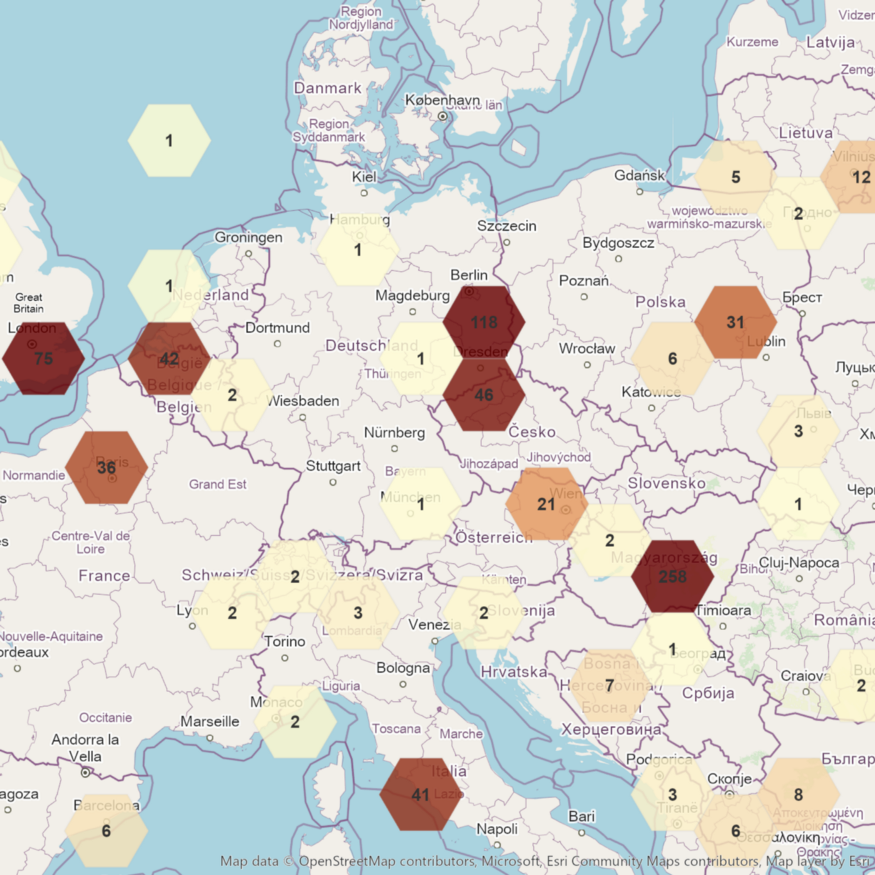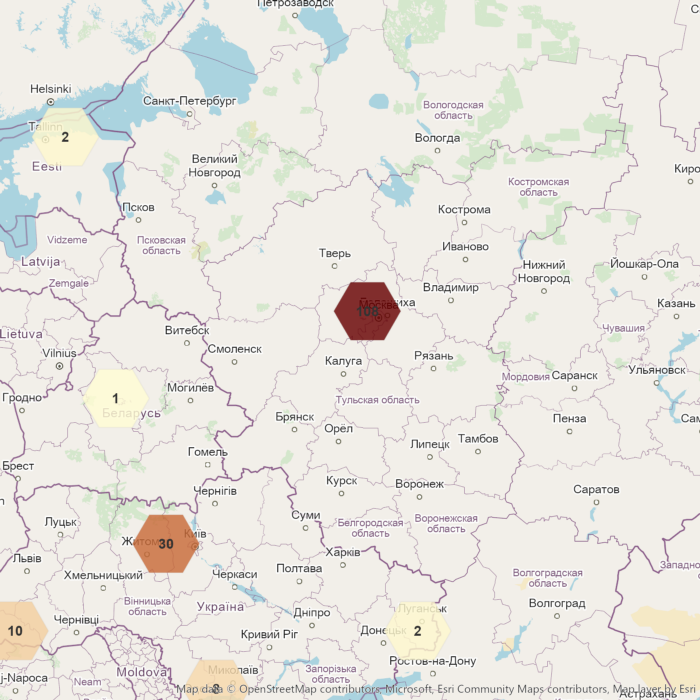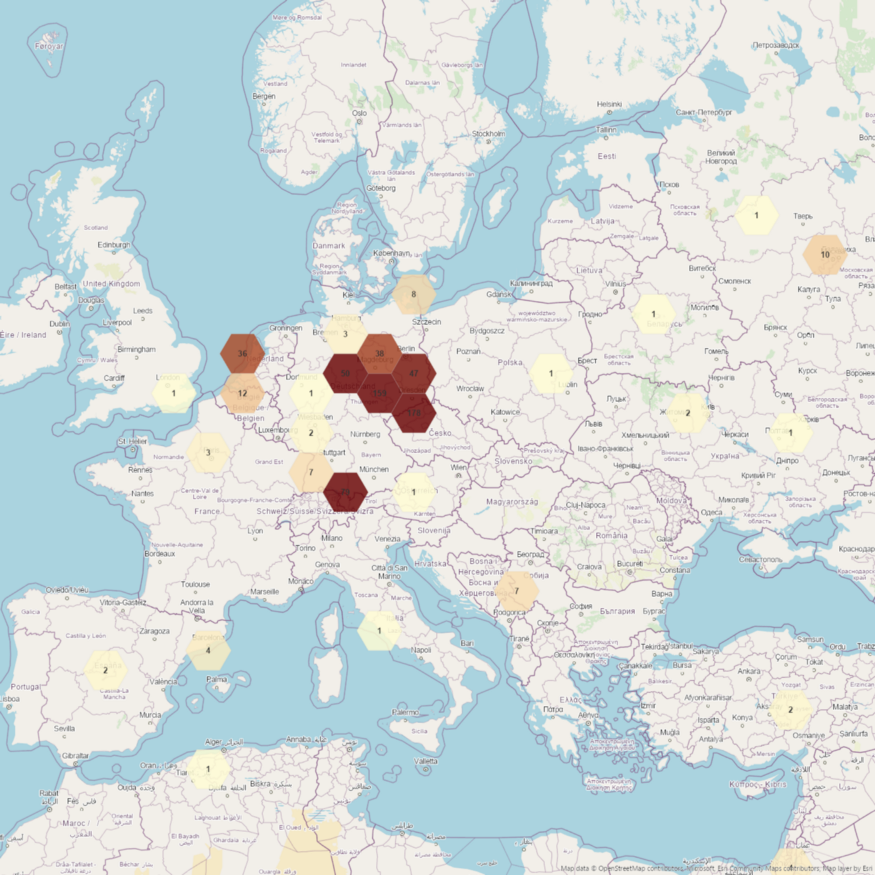Source: geospatialworld.net
ROSHN, the Kingdom of Saudi Arabia’s national real estate developer, backed by the country’s Public Investment Fund (PIF), supports government efforts to increase the rates of homeownership while delivering high-quality living standards. The Saudi Arabia developer builds communities that look both to the nation’s heritage and growing resident aspirations. The agreement enables ROSHN to adopt Esri’s suite of geographic information system (GIS) products and solutions to improve the planning and development of 200 million square meters of sustainable neighbourhoods across Saudi Arabia. “This is an incredibly exciting development for ROSHN and the wider real estate sector,” said Sabah Barakat, ROSHN’s chief operating officer. “This will also support the transformation and development of geospatial practices and adoption of data standards within the region,” he added.
Link:


